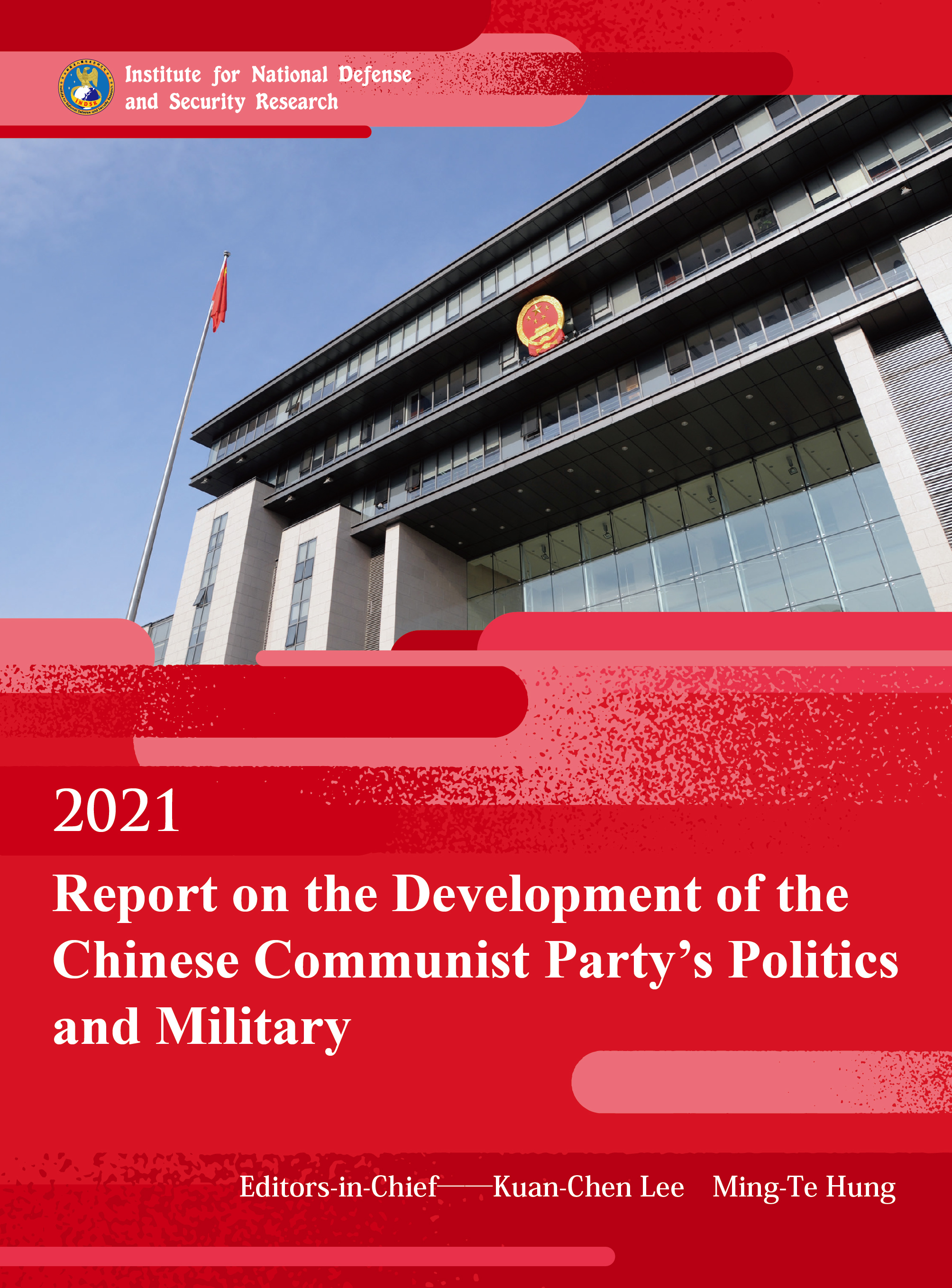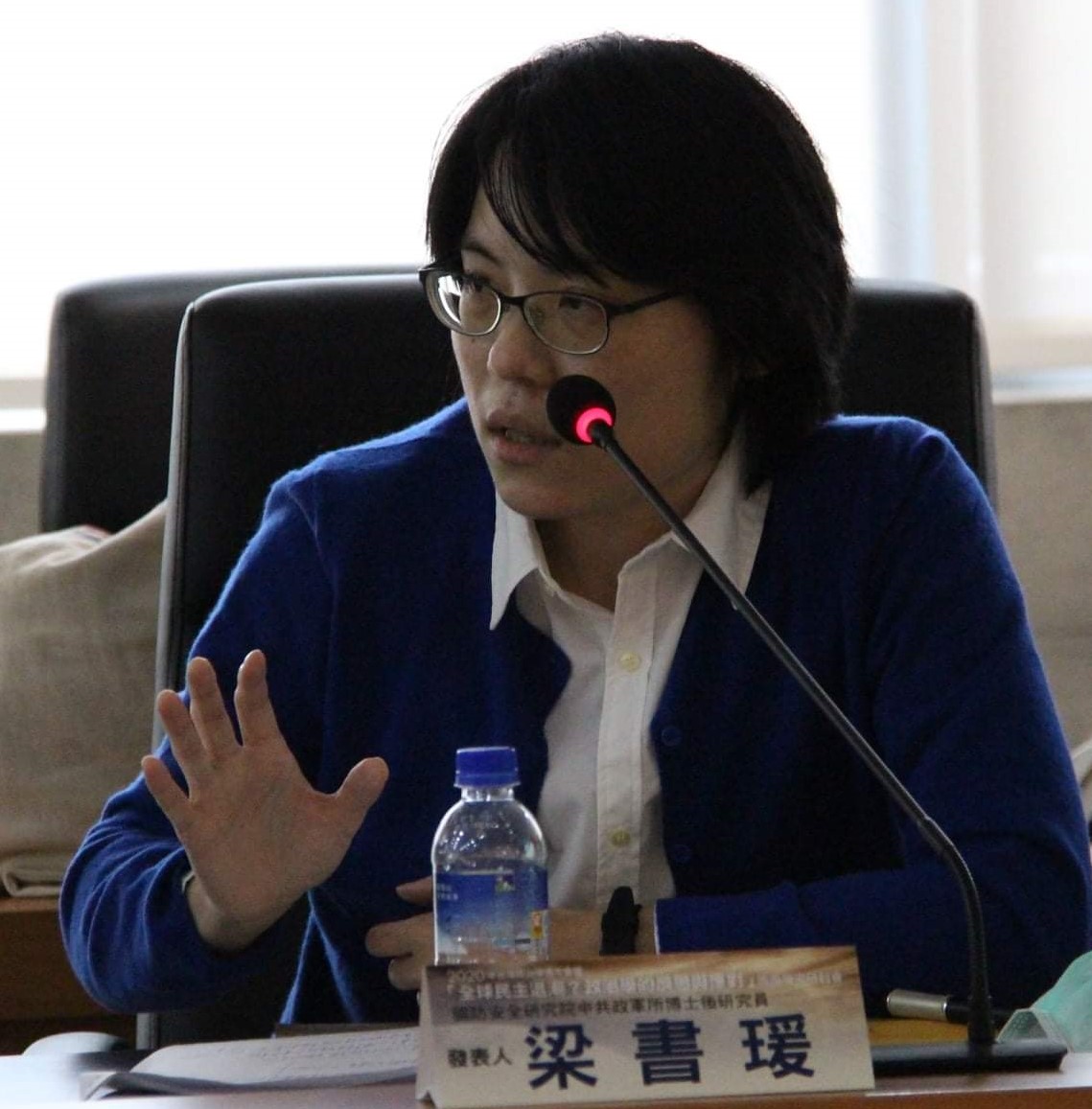Chapter 1 The 14th Five-Year Plan and Changes in the CCP’s Economic Strategy
2022.06.07
Views
568
PDF link:
Introduction
During the Two Sessions of the National People’s Congress (NPC) this year (2021), besides reviewing the budgets, bills and work reports of the State Council, the Supreme People’s Court, the Prosecutor General’s Office and other government departments, the CCP also passed the “The 14th Five-Year Plan for National Economic and Social Development of the People’s Republic of China [hereinafter referred to as “the 14th Five-Year Plan and 2035 Visionary Goals (the 14th Five- Year Plan)”].[1]
According to the decision-making process of the CCP, the approved 14th Five-Year Plan and the 2035 Visionary Goals are to be implemented at the Fifth Plenary Session of the 19th Central Committee and the Central Economic Working Conference in 2020. The Chinese Economic Reform has narrowed the scope of the CCP’s mandatory plans,[2] but why does the public continue to pay attention to the CCP’s five-year economic development plan?
Although the mandatory plans were gradually phased out from the policy arena following the CCP’s announcement of the establishment of the socialist market economy in 1992, the CCP also established a new planning system that could maintain the authority of the central government while preserving the flexibility of economic activities.[3] While the state has abandoned setting economic targets for specific sectors and enterprises, it has switched to a guiding industrial policy with an emphasis on macroeconomic regulation and established a set of “network planning.” The national economic and social development plan adopted every five years provides macro policy objectives, which are followed by regional and project planning at the State Council level, as well as specific implementation of the plans by related ministries and provinces.[4] In addition, the Central Committee of the CCP adopted a cadre accountability system in order to make localities cooperate with the central government’s policies. The system evaluates cadres through policy indicators, which strengthens the compulsory power of the planned policy contents on the cadre.[5]
This report is based on the analysis of the 14th Five-Year Plan and the 2035 Visionary Goals, which is not only limited to political documents and discussions at the Two Sessions, but also incorporates the decisions of the CCP in the Fifth Plenary Session of the 19th Central Committee and the Central Economic Working Conference. The following discussion examines (1) the meaning and (2) policy focus of the 14th Five-Year Plan and the 2035 Visionary Goals, and their implications for (3) the development of China’s state capitalism.
[1] The full text of the 14th Five-Year Plan was announced on March 13, 2021. Please refer to “The 14th Five-Year Plan for National Economic and Social Development of the People’s Republic of China,” People’s Daily Online, March 13, 2021, http://lianghui.people.com.cn/2021npc/n1/2021/0313/c435267-32050512.html.
[2] The market economy is gradually formed through the process of limiting the economic activities that can be influenced by the mandatory plans, while the non-public economy outside the mandatory plans is growing rap- idly. Barry Naughton, Growing Out of the Plan: Chinese Economic Reform, 1978-1993 (New York: Cambridge University Press, 1995).
[3] Sebastian Heilmann and Oliver Melton, “Planning: The Core Mechanisms of China’s Policy Process,” Age of Openness (Guangzhou), Vol. 6, 2013, p. 9.
[4] Sebastian Heilmann & Oliver Melton, the same article cited, pp. 11-15.
[5] Please refer to Sebastian Heilmann and Oliver Melton, the same article cited, pp. 22-23. Liu Yalin, Bottom-Up Reform: Divergent Paths for Local Economic Development in China (Taipei: Chuliu Book, 2017), pp. 91-93.


